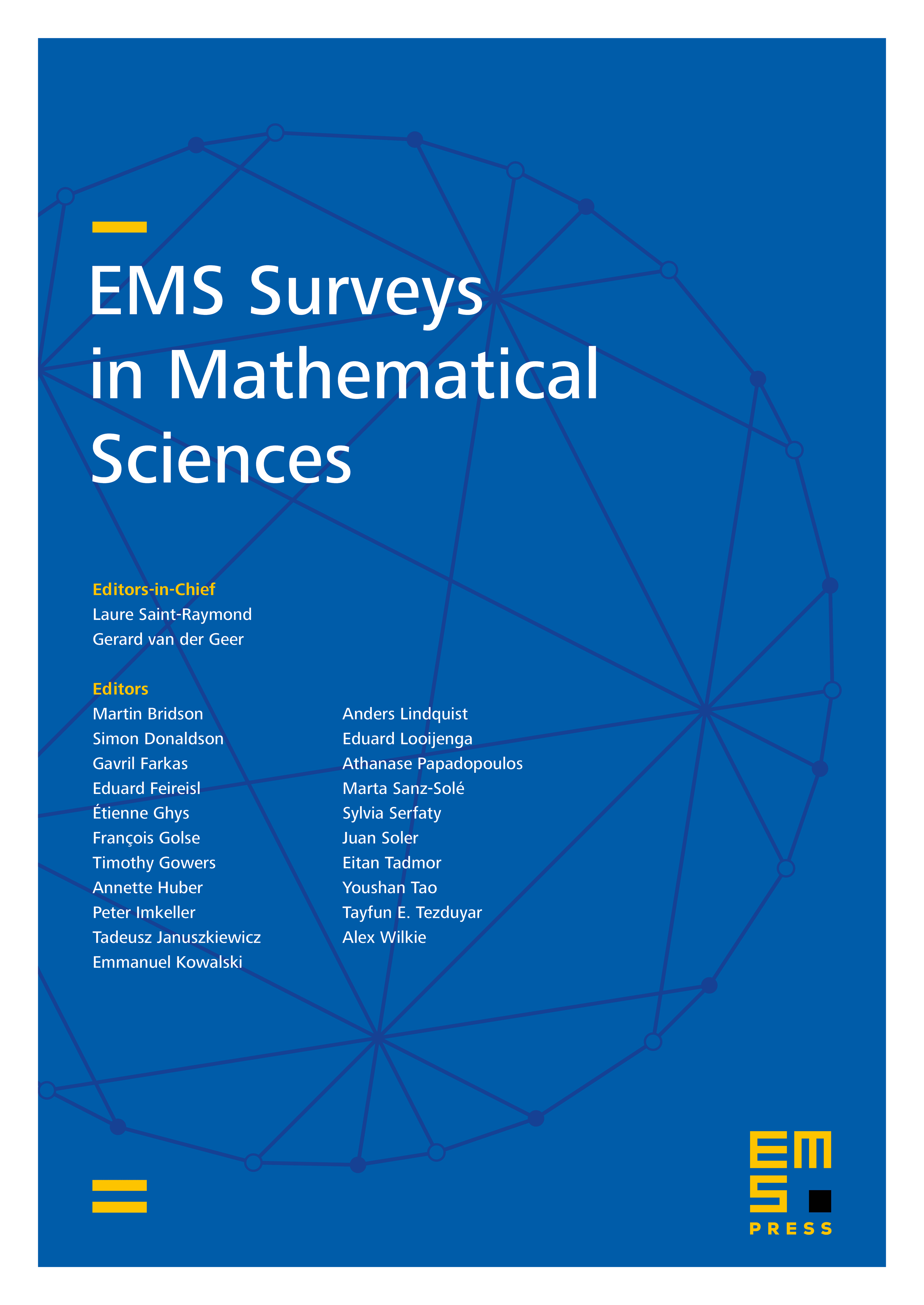Examples and counterexamples in Ehrhart theory
Luis Ferroni
Institute for Advanced Study, Princeton, USAAkihiro Higashitani
Osaka University, Osaka, Japan

Abstract
This article provides a comprehensive exposition about inequalities that the coefficients of Ehrhart polynomials and -polynomials satisfy under various assumptions. We pay particular attention to the properties of Ehrhart positivity as well as unimodality, log-concavity, and real-rootedness for -polynomials.
We survey inequalities that arise when the polytope has different normality properties. We include statements previously unknown in the Ehrhart theory setting as well as some original contributions to this topic. We address numerous variations of the conjecture asserting that IDP polytopes have a unimodal -polynomial and construct concrete examples showing that these variations of the conjecture are false. Emphasis is put on polytopes arising within algebraic combinatorics.
Furthermore, we describe and construct polytopes having pathological properties on their Ehrhart coefficients and roots, and we indicate for the first time a connection between the notions of Ehrhart positivity and -real-rootedness. We investigate the log-concavity of the sequence of evaluations of an Ehrhart polynomial at the non-negative integers. We conjecture that IDP polytopes have a log-concave Ehrhart series. Many additional problems and challenges are proposed.
Cite this article
Luis Ferroni, Akihiro Higashitani, Examples and counterexamples in Ehrhart theory. EMS Surv. Math. Sci. (2024), published online first
DOI 10.4171/EMSS/86